Jizo is the most well-known Buddhist God in Japanese culture. The rock statue is usually depicted as a calmly smiling, zen-looking monk. Believed to be the protector of children and women, more than 1 million Jizo statues can be found all over Japan.
Jizo in Japan
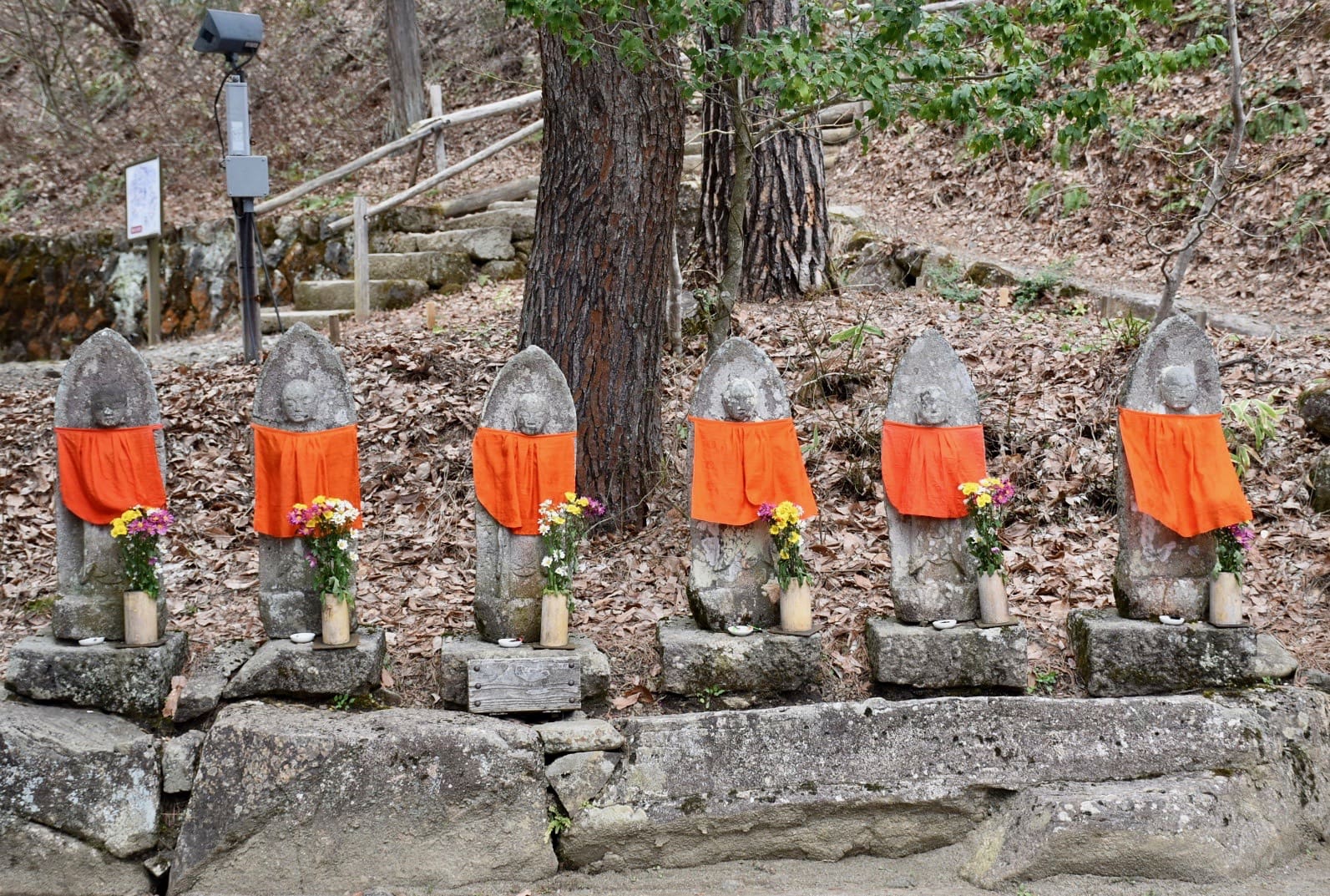
The first time I saw of Jizo was when we were doing the pilgrimage at Okunoin, one of the most sacred place and the biggest cemetery in Japan. I remember asking the monk at the Koyasan Shukubo, where we stayed on that night, about Jizo. In time I started seeing them everywhere. At Fushimi Inari temple, when we were strolling around Osaka street and many times in Tokyo.
It’s pretty usual to see it adorned in clothes and other beloved items, not unlike the Gods and Goddess in Hindu culture. My favourite statue is located in a small shrine near Yanaka cemetery in Tokyo. He wears a red hat on his head, a red bib around his neck, and thousands of paper cranes hanging just behind him.
Jizo can be found in cemeteries because he also protects the children who passed away before their parents. These children believed not to have enough time to collect good karma on earth to reach heaven, smuggled there by Jizo in his robe.
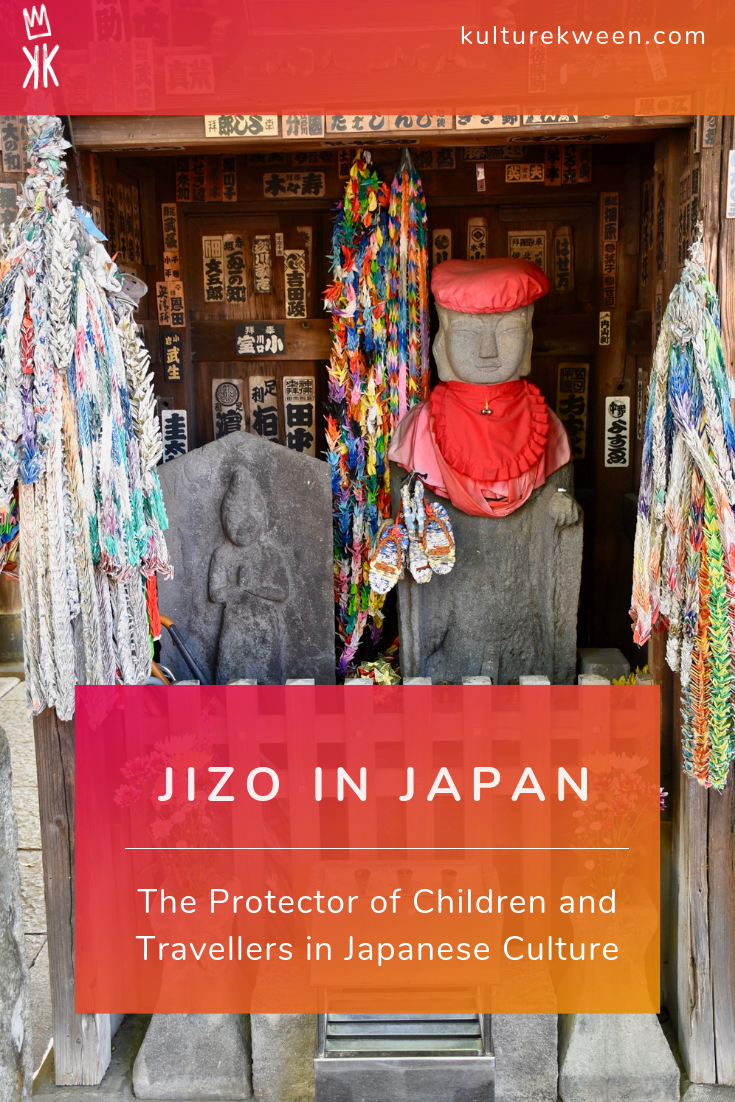
Protector of The Travelers
Believed as a Kami in Japanese culture, it is also the guardian of the travellers. It’s equivalent to K’uei-Hsing in Chinese culture, Hecate in Greek mythology or the patron saint of travellers, Saint Christopher, in the Catholic religion. For this reason alone, I understand the connection I felt initially. As a plane prayer who speed-dials God whenever I am flying somewhere, I feel calmer imagining Jizo in my mind.
Follow me on Instagram @KultureKween for more recent updates.
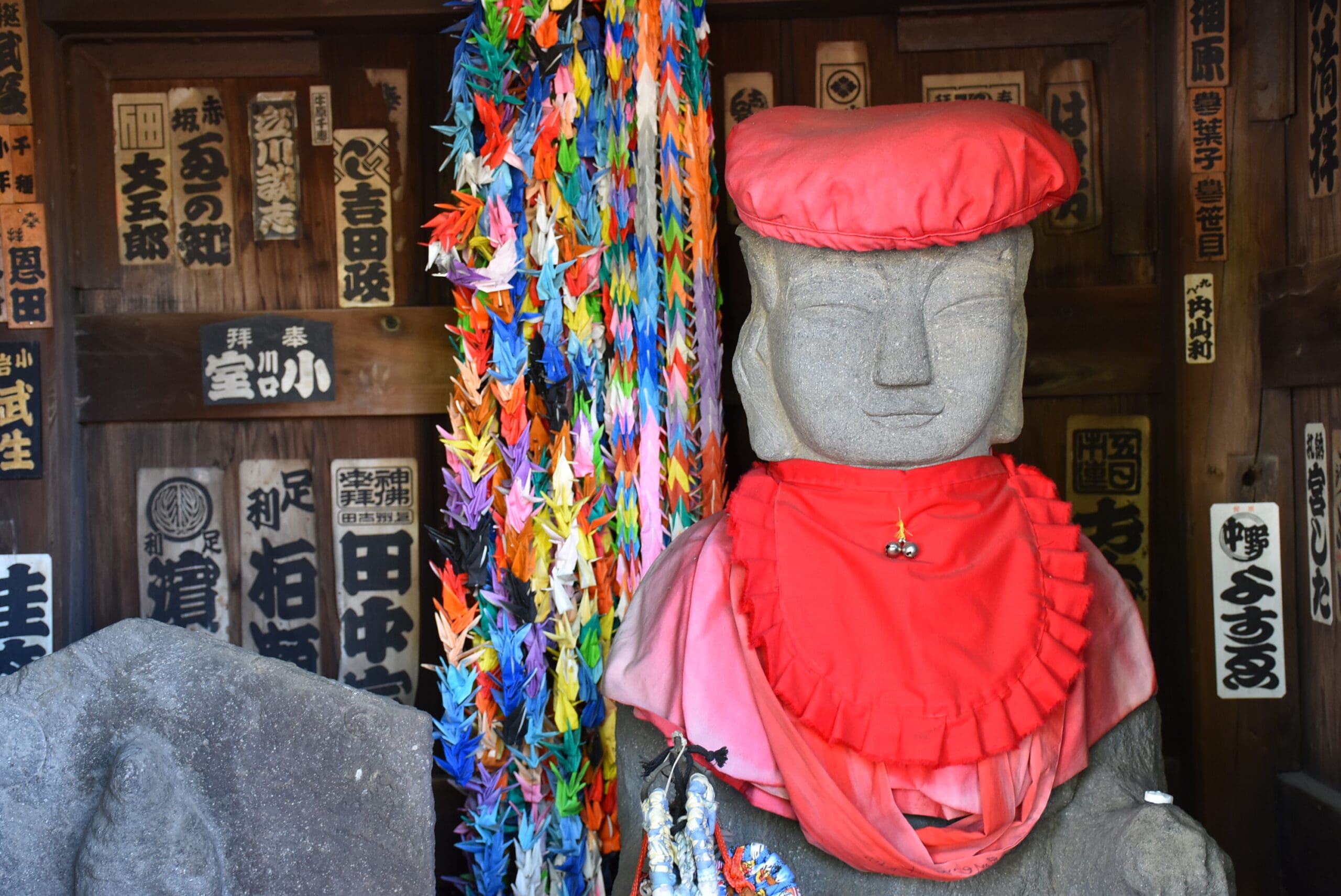

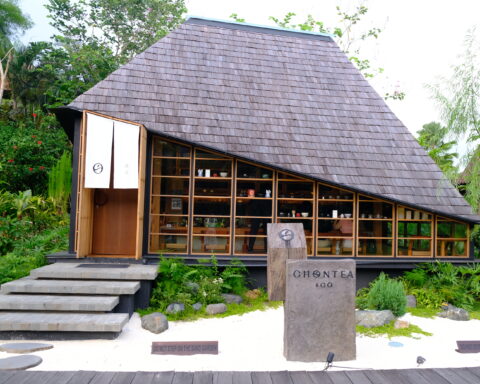
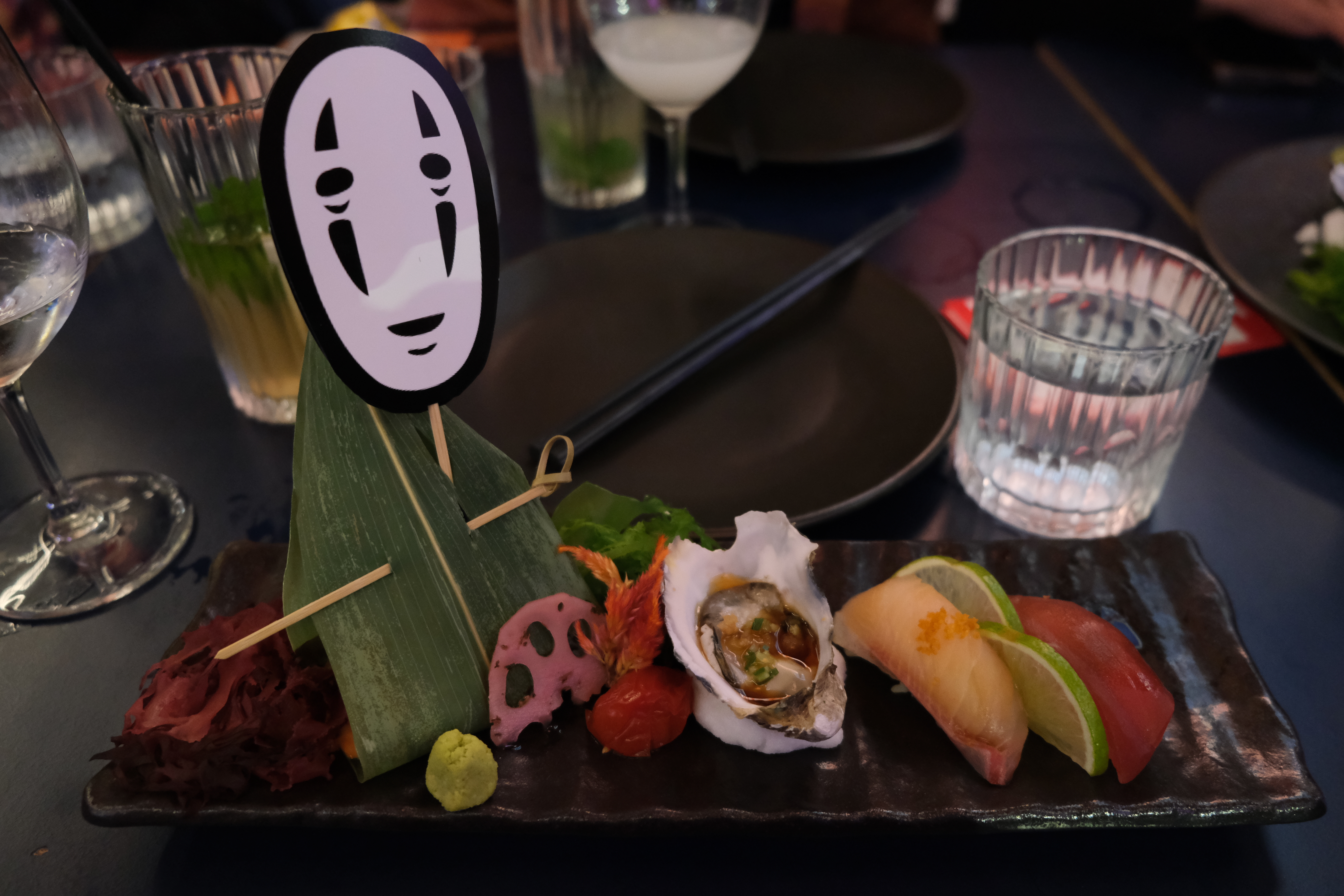

[…] “You should let others pray“, Fafa whispered to me. “I want to pray too” I replied. And I did. I said Hi and thank-you to the green moss-covered God, who reminded me of Jizo, the protector of children and travelers in Japanese culture. […]
[…] Teru Teru Bozu, also known as the sunshine doll, is a traditional icon of Japanese culture believed to have the ability to control the weather. Its’ name derives from Teru which means shiny and Bozu which monk. It reminds me of Jizo, the protector of children and travelers in Japanese culture. […]
[…] Jizo The Protector of Children and Travellers in Japanese Culture […]
[…] Okunoin has hundreds of tombstones, and many of it looked rather unusual and interesting. There were also many statues of Jizo. Jizo is believed to be the protector of children and travelers in Japanese culture. […]